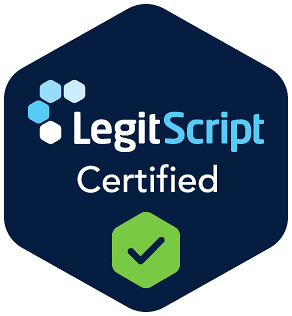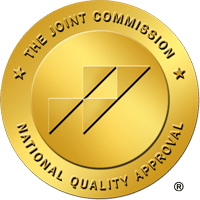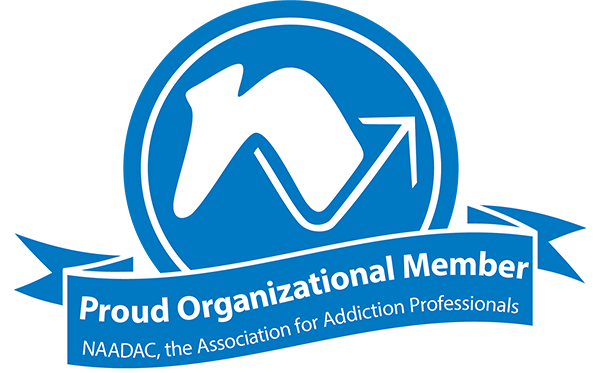Substances
Table of Contents
Key Points
- Methocarbamol is associated with a slight risk of abuse and addiction, and this risk may be higher for those with a history of substance misuse.
- Aside from addiction, there are other things you should know about methocarbamol, including dangerous interactions and side effects.
- Avoid drinking alcohol with methocarbamol and tell your doctor if you have a history of alcohol abuse or addiction.
- Never start a new medication without first talking to your healthcare provider.
- Consider natural alternatives to muscle pain and stiffness, such as rest and physical therapy.
Like other muscle relaxants, methocarbamol (or Robaxin) carries some risk of abuse. However, this risk is low compared to other muscle relaxants, such as carisoprodol and diazepam.[1] Methocarbamol should be used only as prescribed by a healthcare provider and with caution, especially for people with a history of addiction or substance misuse.
What Is Methocarbamol?
Methocarbamol is an FDA-approved medication commonly prescribed alongside rest and physical therapy for muscle pain caused by strain, sprains, or other injuries. It is classified as a muscle relaxant, and its brand name is Robaxin. Methocarbamol works by calming the central nervous system, which may result in a relaxing or sedative effect. Certain muscle relaxants have a higher potential for abuse than others. Methocarbamol is often prescribed early in the treatment of acute musculoskeletal pain, particularly when rest and physical therapy need pharmacologic support.[2]
Is methocarbamol a controlled substance?
According to the United States Drug Enforcement Administration, methocarbamol is not a controlled substance.[3] However, some other medications in the same class of drugs, such as Valium (diazepam) and Soma (carisoprodol), are listed as Schedule IV controlled substances. Although methocarbamol is a centrally acting muscle relaxant like Soma (carisoprodol) and Valium (diazepam), it is not classified as a controlled substance. However, it still requires a prescription for legal use in the United States.
Why is methocarbamol considered addictive?
Methocarbamol’s absence on the DEA’s list of controlled substances may lead one to believe that it’s not addictive. Moreover, the drug does not produce the same “high” as other drugs such as benzodiazepines or opioids. The potential for abuse exists, and it’s higher for people with a history of alcohol or substance abuse. There’s little research available about the addictive properties of methocarbamol, but it could be explained by its relaxing or sedative effect on the body.
What’s the proper dose for methocarbamol?
There is no strong evidence to suggest that methocarbamol is addictive at any dose, although misuse may increase the risk of adverse effects. It’s always recommended to take medications exactly as prescribed, especially CNS depressants. This can help you avoid potentially dangerous side effects, including coma or death.
Methocarbamol is usually taken orally and is available in tablet form. Both 500 mg and 750 mg tablets are available. For muscle pain or stiffness, this medication is typically taken three or four times a day, with a total daily dose of 1500 mg.[4]
It is recommended to take this medication with a large glass of water. If you miss a dose and it’s almost time for your next dose, skip the previous dose. Don’t take two doses at once, and consult your physician before making any changes to your medication, including dose adjustments or scheduling.
Methocarbamol: Adverse Effects and Interactions
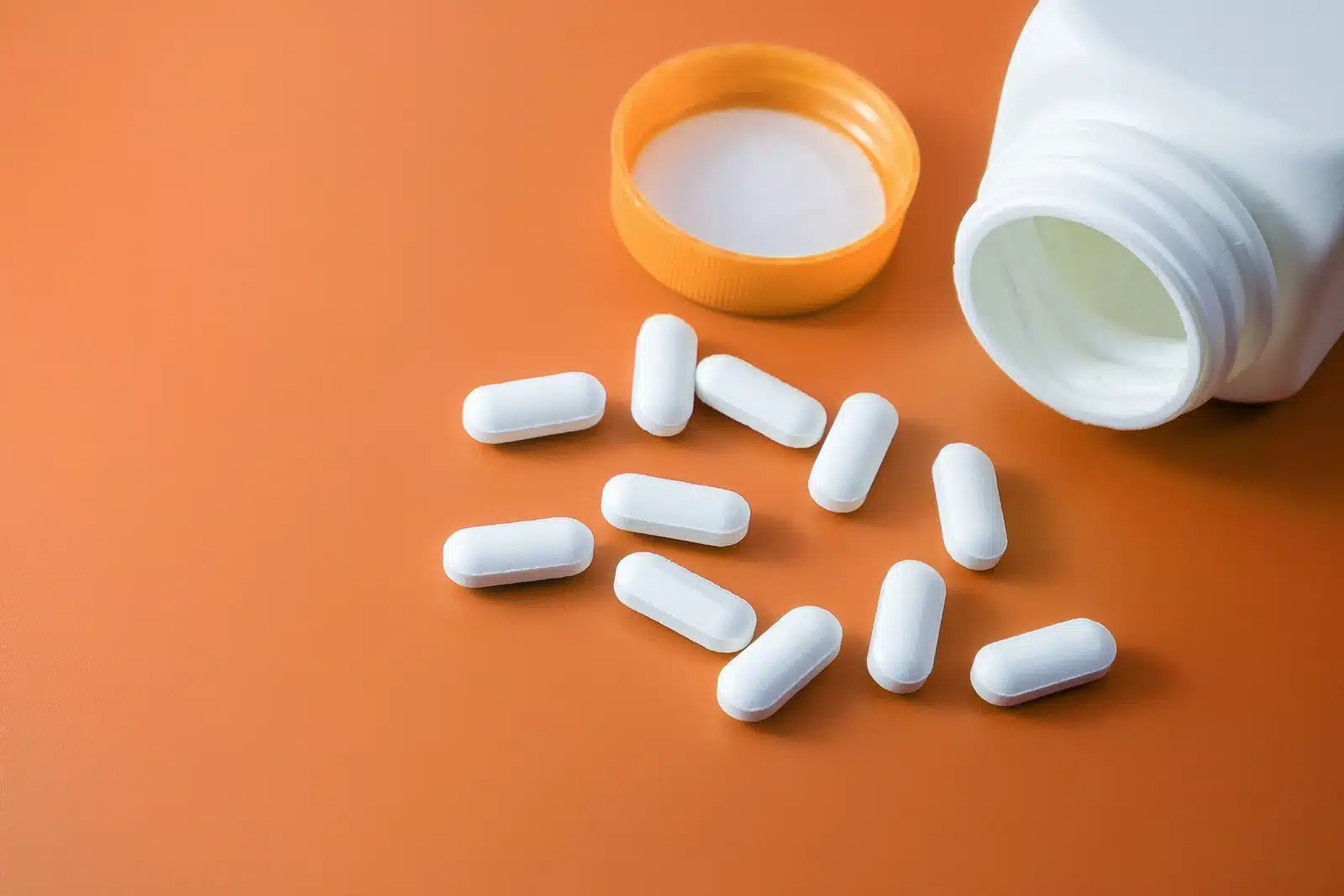 Although the potential for abuse presents a slight concern with methocarbamol, there are other adverse effects to be aware of, particularly for loved ones taking this medication.
Although the potential for abuse presents a slight concern with methocarbamol, there are other adverse effects to be aware of, particularly for loved ones taking this medication.
Side Effects of Methocarbamol
Some common side effects associated with methocarbamol may include:[5]
- Fever
- Blurry vision
- Drowsiness
- Stomach problems
- Dizziness or lightheadedness
- Urine discoloration (i.e., black, blue, or green)
If you experience severe side effects, such as a rash or itchiness, or if mild side effects persist, contact your healthcare provider immediately. This could be evidence of an adverse reaction.
Who Should Avoid Methocarbamol?
The muscle relaxant methocarbamol isn’t suitable for everyone. Taking methocarbamol can be risky for some populations. If you meet any of the following criteria, you may want to avoid methocarbamol and ask your doctor about alternative treatment options for muscle pain:[6]
- Under 16 or over 65
- History of alcohol or substance use disorders
- Pregnant or planning to become pregnant
- Breastfeeding
- History of seizures
- Suffer from myasthenia gravis
- Kidney disease
Methocarbamol Drug Interactions
Like other medications, there are possible drug interactions to be aware of with methocarbamol. Be sure to tell your doctor if you’re on any of the following drugs and consider alternative treatment options for muscle pain:[7]
- Antihistamines
- Anti-anxiety medications
- Narcotics for cough or pain
- Anesthetics
- Phenothiazines
- Sleep medications
- Antidepressants
- Cholinesterase inhibitors
- Other muscle relaxants
This may not be a complete list. Always consult your healthcare provider about any other medications and supplements you’re taking before starting a new one.
Alcohol Warning
Alcohol can be dangerous when mixed with muscle relaxants, including methocarbamol. It’s best to avoid drinking when on this and other medications. Specifically, alcohol can increase many of the adverse effects of methocarbamol, particularly its sedative effects.
Other Dangers of Methocarbamol
Methocarbamol tends to have a sedative effect, which can vary from person to person. Don’t operate a motor vehicle after taking methocarbamol until you know how this medication will affect you. The use of alcohol or cannabis with methocarbamol is highly discouraged as it can increase the sedative effects of this drug.
Consider Natural Alternatives
Methocarbamol is not a first-line treatment for muscle pain, and there are safer and more effective alternatives for many people, such as rest and physical therapy, for instance. Though the potential for abuse and addiction is low, it’s not zero, and it could be higher for people with a history of alcohol or drug abuse. That’s not to mention other adverse effects, such as uncomfortable or dangerous side effects and possible drug interactions. If you or someone you know is struggling with addiction, reach out to Ikon today.
